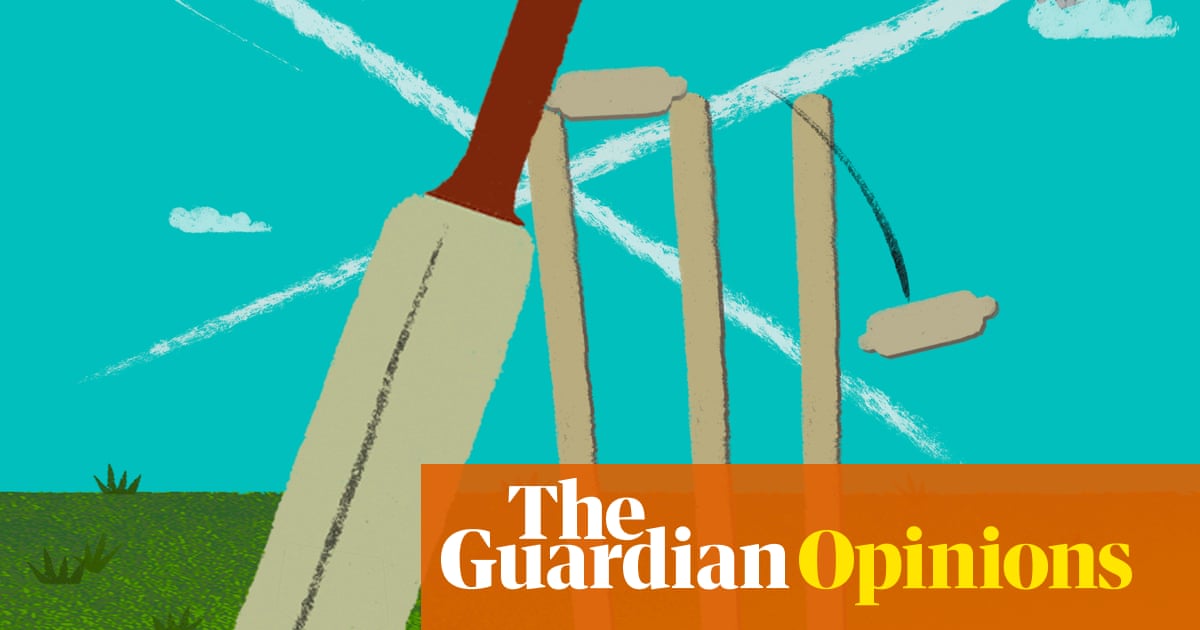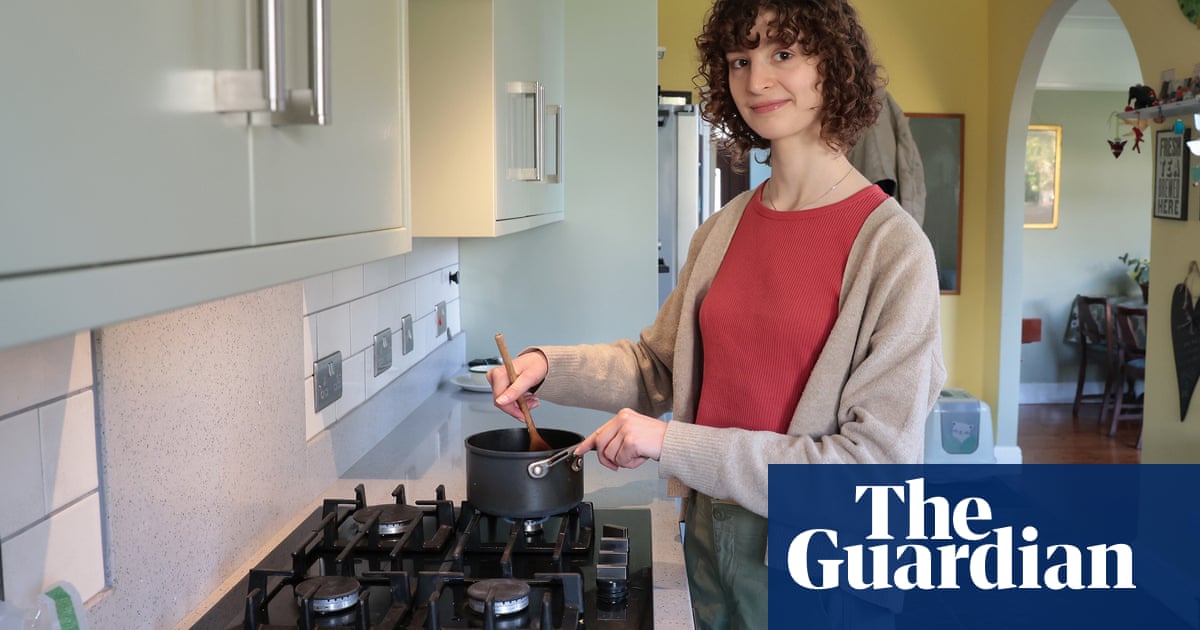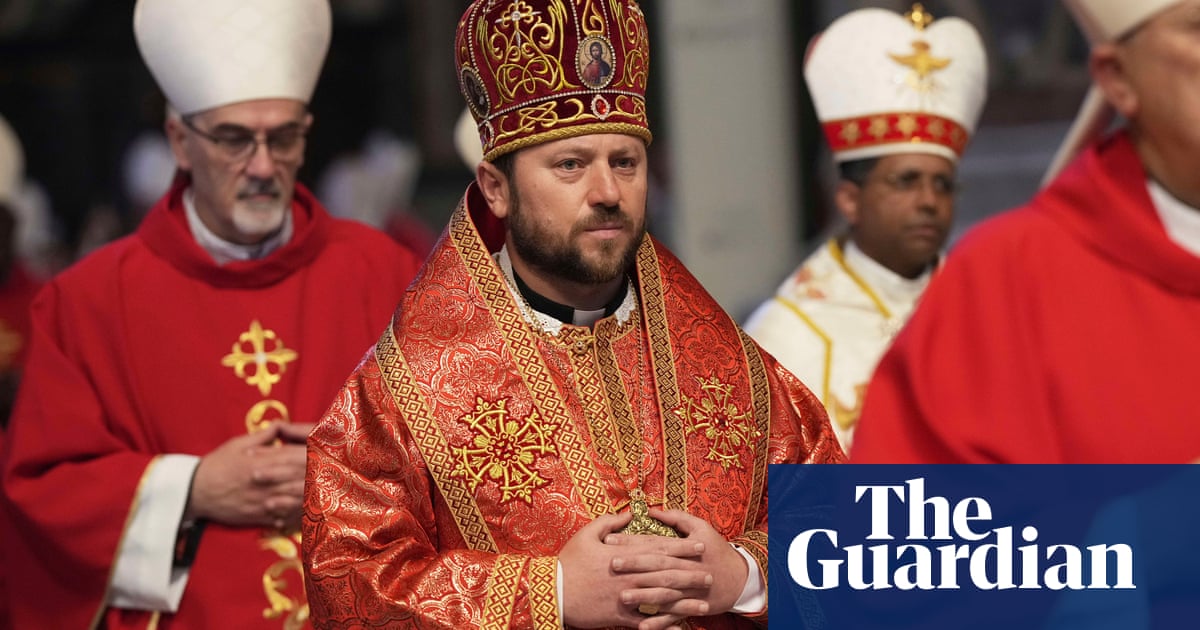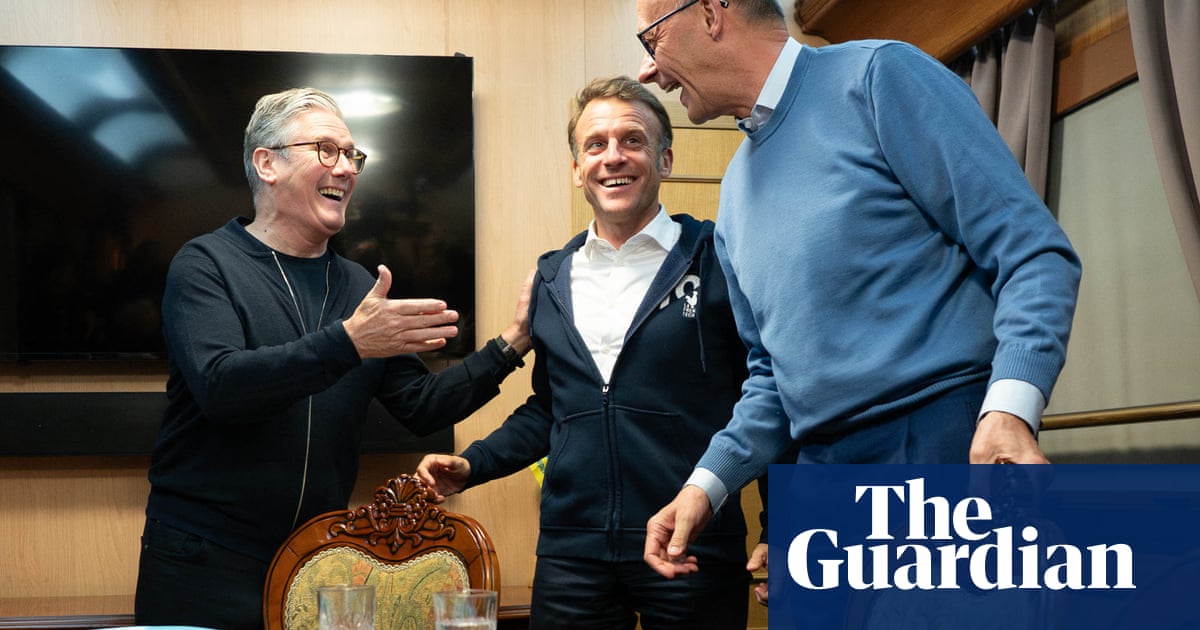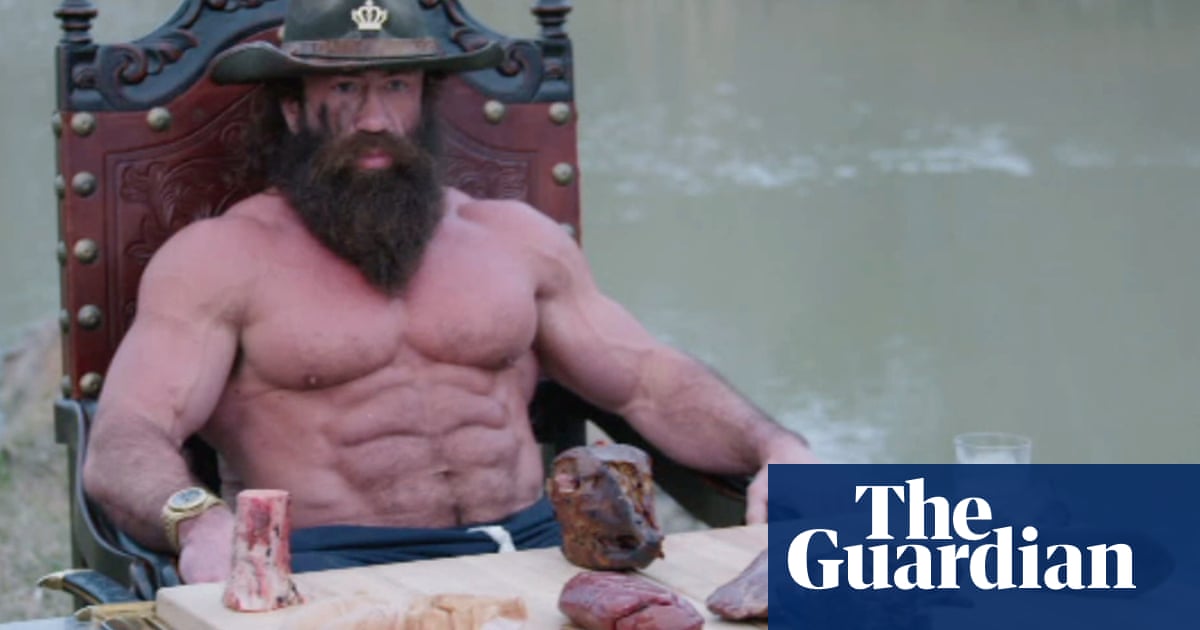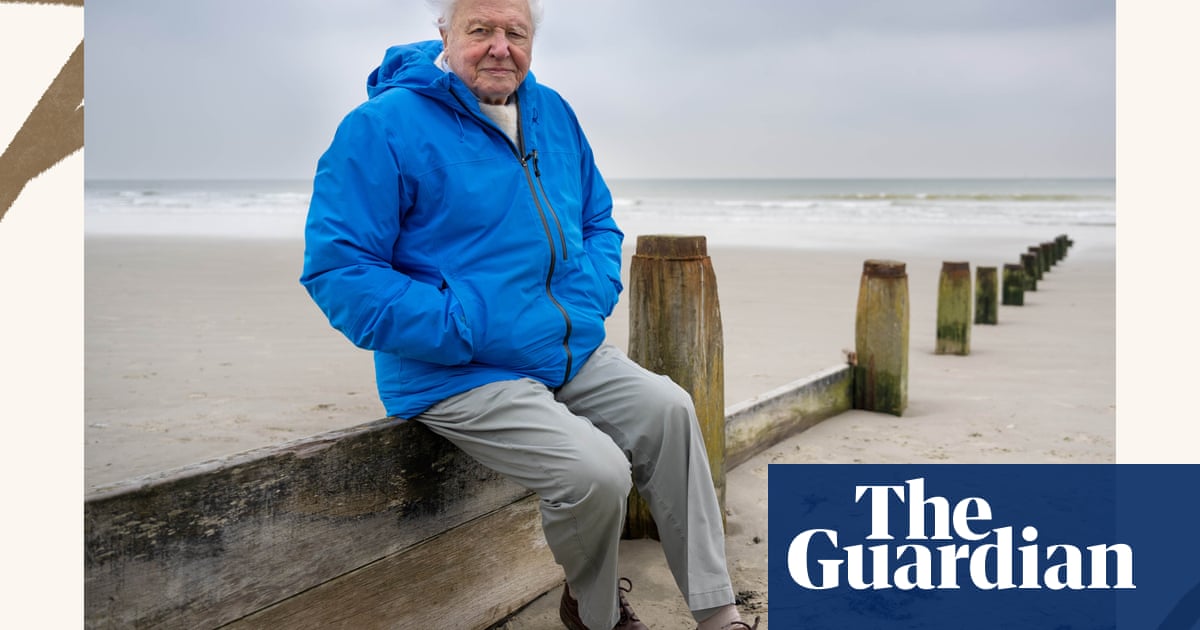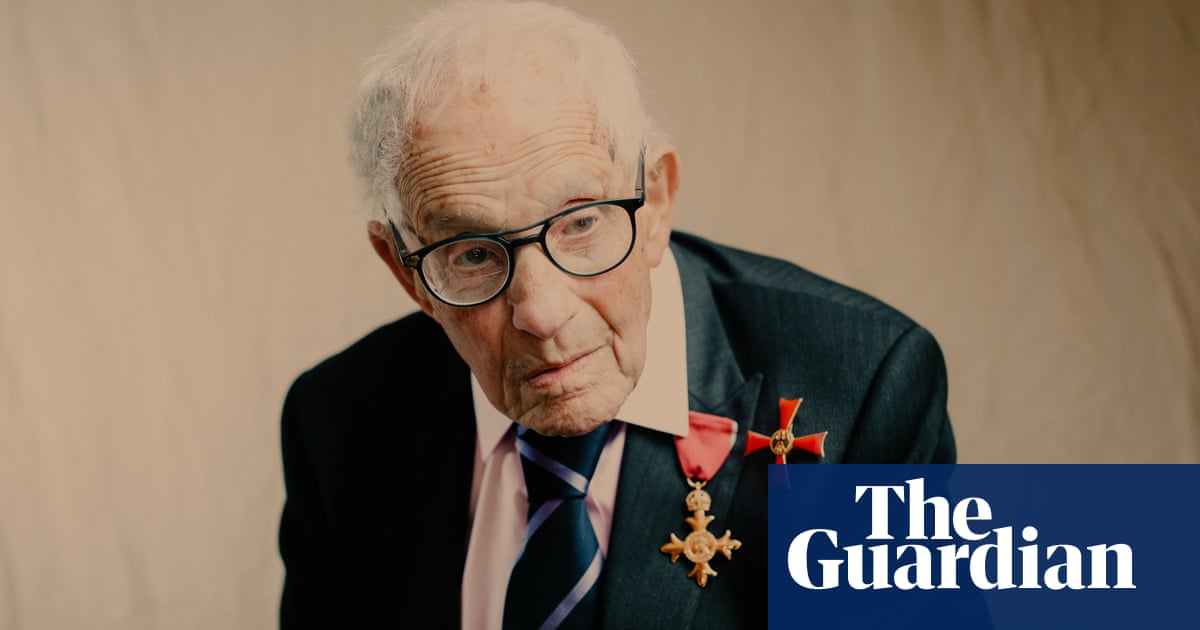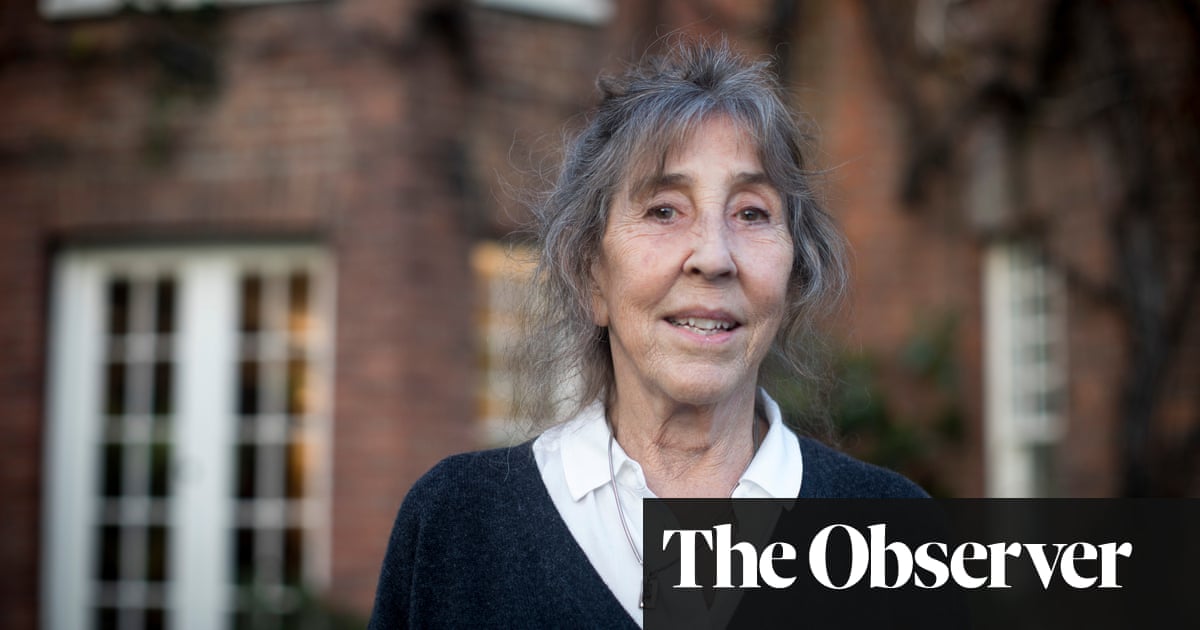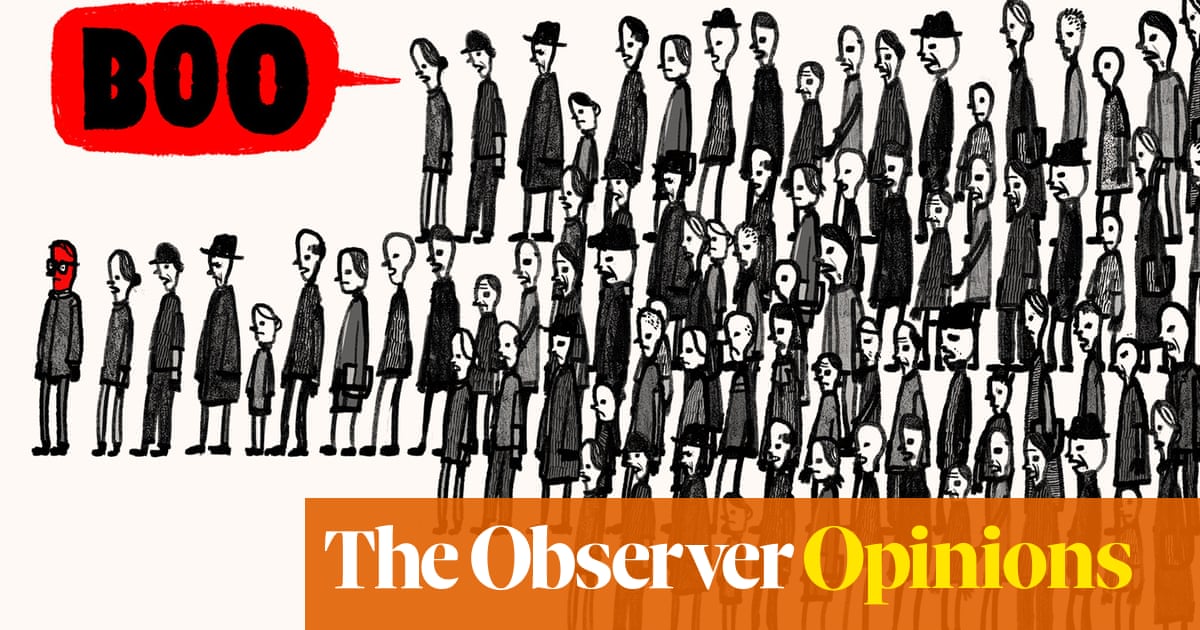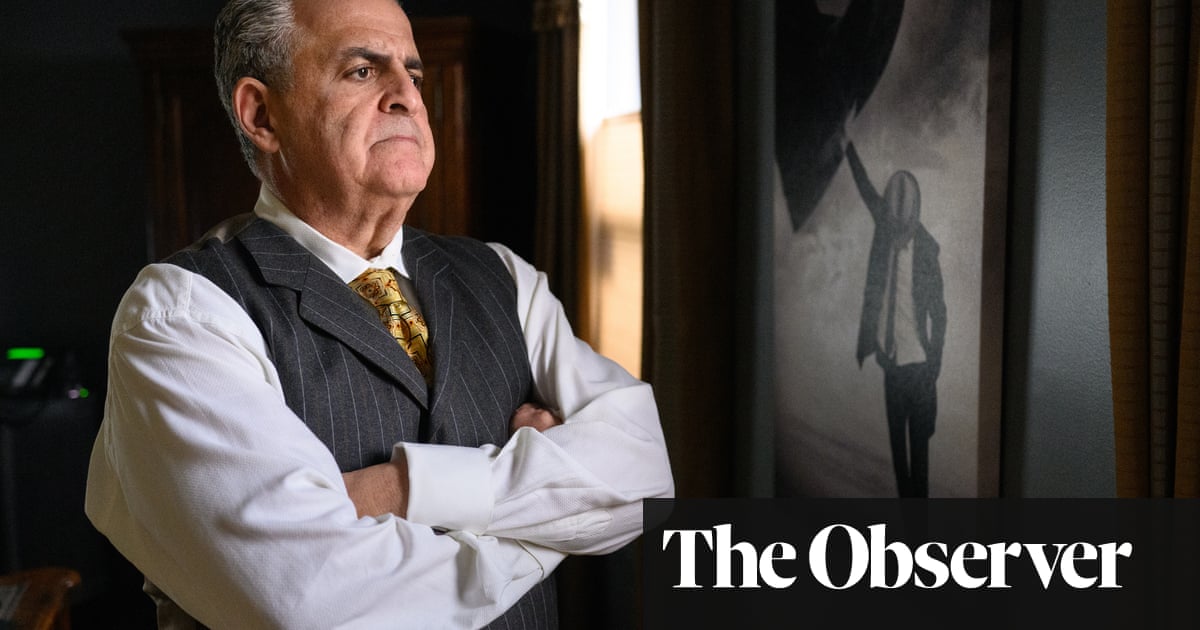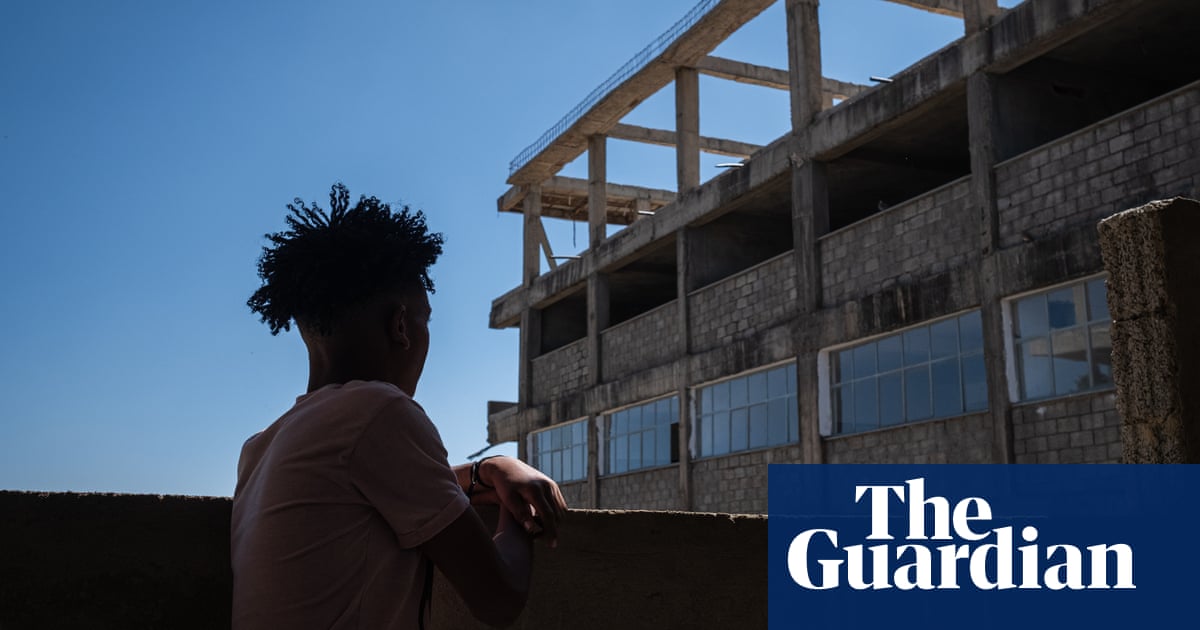Modernist architecture enthusiasts hope The Brutalist, the film nominated for 10 Oscars about a fictional architect, will help revive interest in 20th-century brutalist heritage – and stimulate people to protect buildings under threat from demolition.
Hundreds of people got in touch with the Guardian to share their most-loved structures from the brutalist era, which saw its UK heyday roughly from the 1950s to 1970s.
The National Theatre, London – ‘When the sun shines it transforms into a honey colour’


The National Theatre is one of the most beautiful buildings in the world. On a cloudy day it’s a muted grey, but when the sun shines it transforms into a honey colour – like the stone on Bath’s Georgian houses. I like the geometric lines, the texture of the concrete, the layered walkways and the front, which could be the bow of a ship.
My dad was an architect and I grew up in a modernist home he designed, which helped me appreciate postwar architecture. But it was the demolition of Birmingham Central Library [in 2016] that made me realise brutalist buildings were in danger. So I set about photographing as many as possible. Many people capture brutalism in austere black and white, but I photograph when the sun is shining and the sky is blue – to reflect the optimistic times many of these buildings were built in, when society was more equal.
Most brutalist buildings were built for the public good – libraries, theatres, churches, schools, social housing – compared to the privately funded buildings of today, where it’s about profit, and access to the public is limited. Andrew Eberlin, Bradford-on-Avon
King Street West car park, Manchester – ‘There’s playfulness in the angular skybridge’


I must have walked past the car park on King Street West 100 times. I’m sure I thought to myself, what an eyesore, and wished the council would smite it down and build something pretty to brighten my commute.
But then my friend, a local historian, prompted me to appreciate its brutalist history and beauty. There’s something very honest about the design, built for purpose yet naturally drawing the eye – with hypnotising geometry.
It was designed to be painfully practical, and yet there’s playfulness in the angular skybridge, which creates a mesmerising mathematical pattern. It almost feels like a grounded spaceship from another planet. Amanda Gardner, 34, Manchester
Brooke House, Basildon – ‘It seems to just float’

A favourite of mine is Brooke House, Basildon. It’s the white pilotis! They make this residential block seem to just float. But I fear it may get swept away as part of a wider regeneration of the town centre. Peter Manning, Chelmsford
La Tulipe, Geneva – ‘It was love at first sight’


It was love at first sight. My heart just melted away in the summer sun. It was the way La Tulipe proudly and unapologetically embraced both its hard and its soft and pastel sides, playfully defying the macho vibes often associated with brutalism. For me, the core message of La Tulipe is that you have more fun when you dance away from the norm. Karin Bürki, Zurich


When I was travelling for a year across Asia, brutalism always grabbed my attention. Its beauty for me lies in how its power, weight and unornamented simplicity call attention to the creative use of shape.
Hotel Uzbekistan in Tashkent was a favourite. Its huge facade repeats a simple pattern, which has a strange optical effect.
Young people should embrace brutalism. It’s part of our heritage, just like the older buildings that get much more love. It would be a tragedy for these works by visionary architects to become footnotes in history. Alex Shutak, 24, Fleet, Hampshire
Preston bus station – ‘I was overjoyed when it got listed status’


Every Saturday in the 1980s, I’d catch the bus into Preston from the village of Bamber Bridge to meet friends, and our meeting point was always the bus station. I have such fond memories of that place. I was struck by the beauty of its design – the sweeping, curved lines of its exterior always fascinated me.
There was a thrill in the bustling comings and goings of buses, the hum of conversations echoing off the hard, bold concrete surfaces, and the sense of possibility that hung in the air – the station and sprawling layout offering endless opportunities to chat, laugh, and make plans with my friends. It was more than just a transit hub; it was a social nucleus, a place where every meeting felt like the start of something exciting and unforgettable. I was overjoyed when it got listed status. Janet Raven Taylor, 58, Pembrokeshire
Sídliště Ďáblice, Prague – ‘One of my favourite things is sitting by the pond’

Sídliště Ďáblice is a large housing estate in Prague, which very few people visit without a reason. Two years ago, I started working in this part of Prague. Its sheer size instantly impressed me.
Each block has its own unique decor in the entrance, easily visible through the doors and windows. The colours of the blocks complement the lush, thick trees which create a calm atmosphere throughout the whole estate.
On sunny days, one of my favourite things is sitting by the pond; children are usually feeding the ducks or flying past on scooters. The concrete buildings coexist with the natural surroundings so well. To me, that’s brutalism at its best – functional and pleasant to look at. I understand why people seem happy here. Tom Hodgetts, 31, Prague
The University of Strathclyde’s School of Architecture building – ‘We grew to appreciate the austere and frugal honesty’


I studied, and later taught, at the Architecture Building at the University of Strathclyde, Glasgow. Both experiences were enriched by the robust generosity of the spaces, the light, the delightful purpose-built furniture. As students, we grew to appreciate the austere and frugal honesty of the use of materials, coupled with its structural daring. The university wanted to demolish it, but many of us who had personal connections, and others, rallied to its defence – and it is now Category B listed.
The best brutalist buildings are among the most imaginative and finely crafted buildings of any period. We always detest the recent past. So much Victorian architecture was obliterated by that shortsighted, lazy attitude. Let’s not do it again. Much has already been lost, but it’s not too late. David Hasson, senior lecturer, University of Central Lancashire
Unité d’Habitation, Berlin – ‘It’s the perfect place to live!’


“Corbusierhaus”, as Germans call it, is a Unité d’Habitation building by Le Corbusier. It’s the perfect place to live! It’s near lakes and forests as well as the Olympic stadium and an open-air concert venue, and is 20 minutes from the centre by metro. We have the best views: east is the Berlin skyline, south is Grunewald forest, west has beautiful sunsets. Natalia Svedlund, 45, Berlin
The Barbican, London – ‘There was something unreal about it’
When I was in my second year of university, I was quite unwell with my mental health, and was back at home for summer with my parents. The videogame Dear Esther is one of my favourites, and the Barbican was doing a playthrough with a live orchestra. My dad said he’d take me.

I had never been to the Barbican before. It was a sunny day, and there was something unreal about it. We had dinner and then walked through the centre at night, before ending up in the little studio for a performance. The music was very ethereal, with a strong lament-type style, and it fit the Barbican perfectly.
I still try to visit the Barbican whenever I’m in London. It’s got an amazing, hard-edged brutalism, but for me it’s the softer features that make it stand out – the moulded curved concrete walkways, the stippled pillars and the pond at its centre. Calum, 29, Canterbury

 3 months ago
43
3 months ago
43





